Climate change is reshaping our world in ways we might not have anticipated. One of the most fascinating yet unsettling impacts is on the animal kingdom. As temperatures rise and habitats shift, many animals find themselves migrating to new areas in search of food, shelter, and suitable climate conditions. Here are 13 strange animal migrations that are happening because of climate change.
1. Puffins Heading Further North
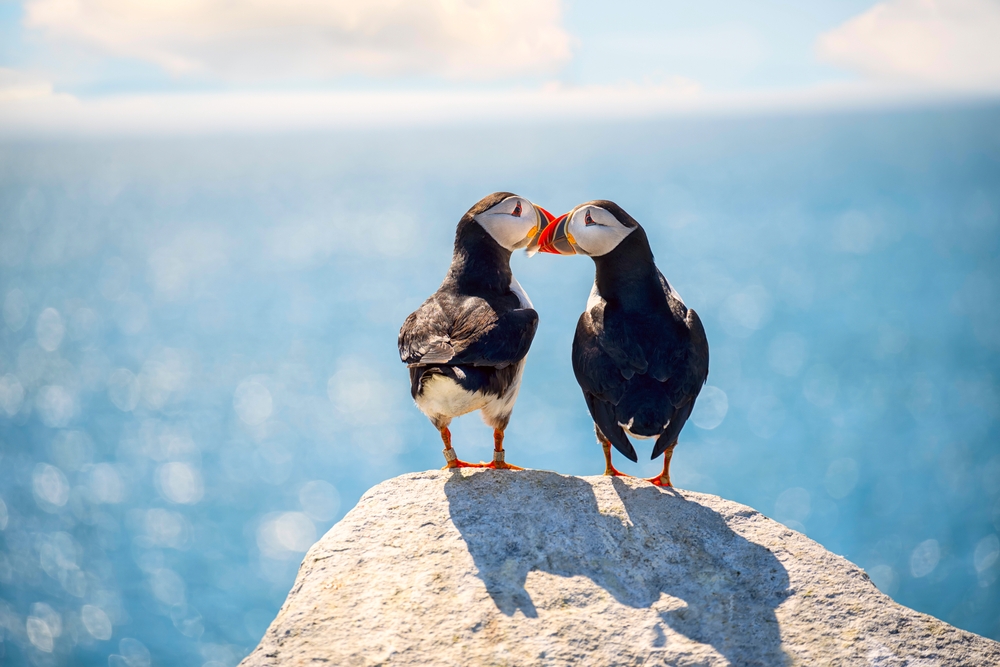
Puffins, those charming seabirds with their colorful beaks, are known for their breeding grounds in the North Atlantic. However, recent observations show that they’re venturing further north than ever before. According to research, this shift is largely due to the warming waters, which affect their food supply. National Geographic highlights how these changes in ocean temperatures are pushing the puffins’ prey, like herring and capelin, to cooler waters, forcing puffins to follow suit. The impact is profound, as these birds are now breeding in areas that were previously unsuitable for them.
This migration isn’t just a simple relocation. It carries significant implications for puffin populations, as their new habitats may not have the same protection from predators or the same breeding success rates. Additionally, with the puffins moving, other species that relied on them in their previous habitats, either as predators or as part of the ecosystem, are also affected. It’s a complex chain reaction that demonstrates the interconnectedness of our natural world. The puffins’ journey northward is a vivid reminder of how climate change is redrawing the map of wildlife.
2. Monarch Butterflies Taking Detours
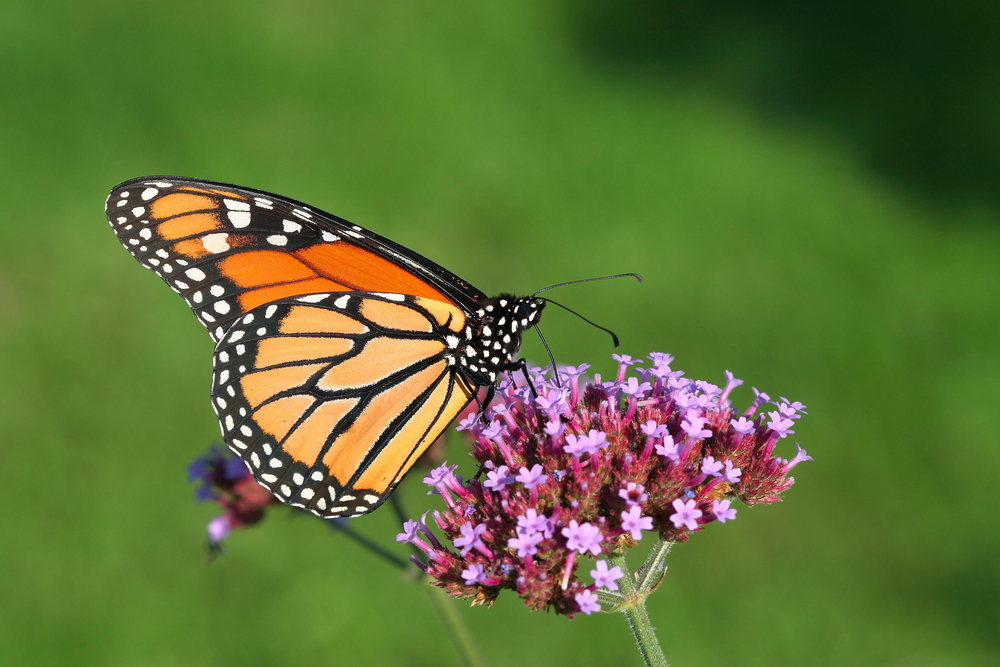
Monarch butterflies are famous for their epic migration across North America to their winter homes in Mexico. Recently, this journey has become increasingly unpredictable. Studies indicate that climate change is altering their migratory patterns, leading monarchs to take unexpected detours. As temperatures rise, the butterflies are faced with longer routes and more frequent disruptions. This means they often arrive at their wintering grounds in Mexico later or in poorer health, which can affect their survival and reproduction rates.
Moreover, the changing climate has impacted the growth of milkweed, the primary food source for monarch caterpillars. Without ample milkweed, the monarch population struggles to sustain itself. According to the World Wildlife Fund, conservation efforts are underway to plant more milkweed across North America, but the challenge remains immense. The monarchs’ plight underscores the delicate balance of ecosystems and how a single factor like temperature can ripple through the food chain.
3. Moose on the Move
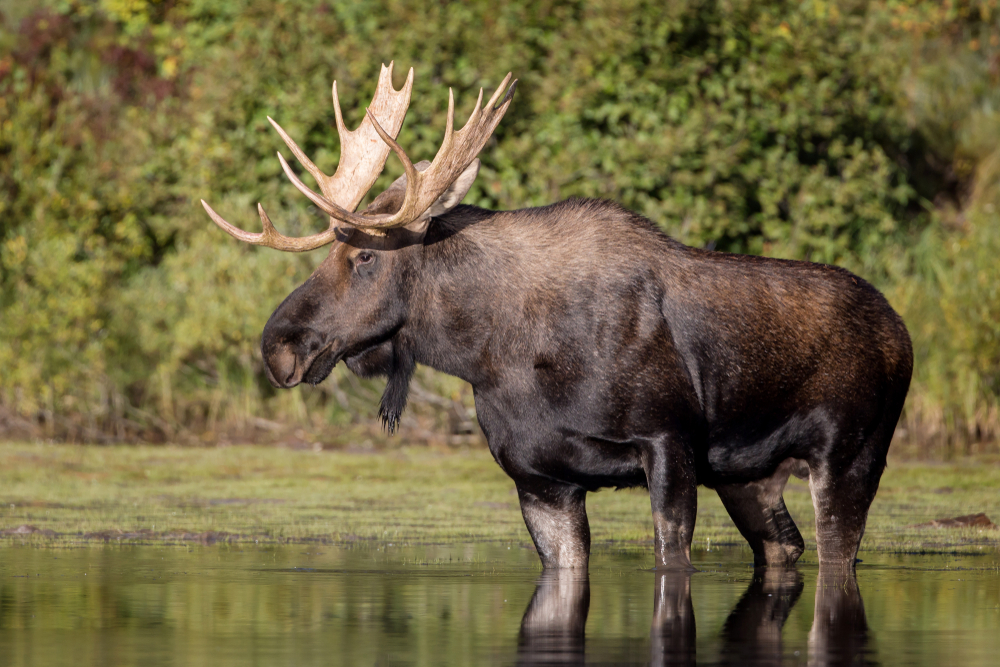
Moose are majestic creatures, typically seen wandering the forests of northern regions. However, climate change is driving them to explore new territories further north. This shift is largely due to the warming temperatures, which bring along a host of challenges for moose. As winters become milder, the tick populations that plague moose are booming, leading to severe infestations that can weaken or even kill them. In search of relief, moose are migrating to colder areas where ticks are less prevalent.
The migration of moose is also influenced by the changing availability of their food sources. As vegetation patterns shift with the climate, moose are finding their traditional food less abundant. This means they must travel further to find sustenance, leading them into unfamiliar territories.
4. Atlantic Cod Seeking Cooler Waters
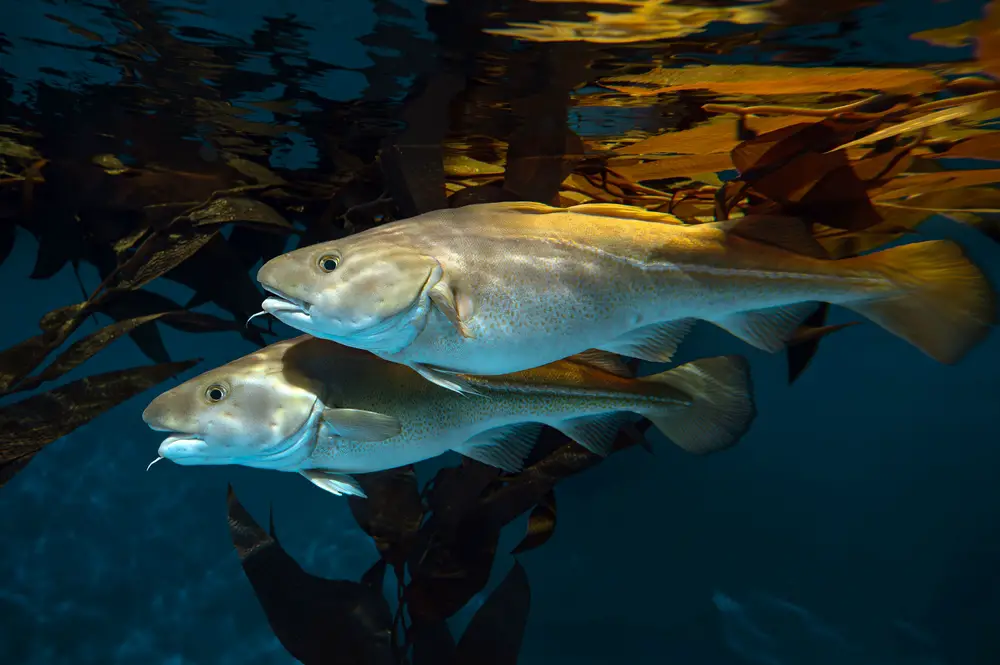
Atlantic cod, once abundant in the waters off New England and Canada, are now moving northward in search of colder waters. This shift is largely due to warming ocean temperatures, which affect the cod’s habitat and food supply. Cod prefer cooler waters, and as the seas warm, they’re finding it increasingly difficult to thrive in their traditional areas. The northward migration of cod is not just a simple relocation; it affects fishing industries that have relied on these fish for centuries.
As the cod move, they’re also encountering new challenges. The ecosystems in their new habitats may not be as conducive to their survival, and they might face increased competition from other species. This migratory shift could lead to significant changes in the marine food web, affecting everything from plankton to larger predators. For local fishermen, this means adapting to the changing availability of cod, which can have economic repercussions. The movement of Atlantic cod is another example of how climate change is altering the distribution of species and impacting human livelihoods.
5. Adélie Penguins Straying from Home
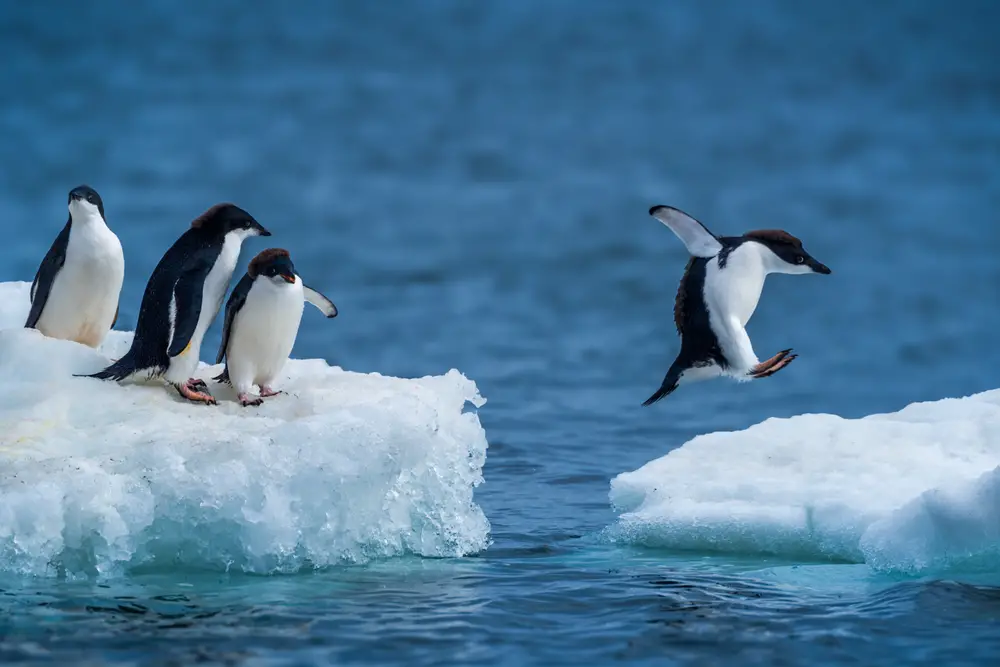
Adélie penguins are iconic inhabitants of the Antarctic, but even they are not immune to the impacts of climate change. As the region’s ice melts and temperatures rise, these penguins are venturing further south to find stable ice for breeding. The migration isn’t just about finding new homes; it’s also about finding food. The warming waters are driving krill, a primary food source for Adélie penguins, to cooler depths, forcing the penguins to follow.
This migration poses significant challenges for the penguins. The journey to new habitats is perilous, and the energy expended in the search for food and breeding grounds can affect their health and reproductive success. Moreover, as Adélie penguins move to new areas, they may encounter increased competition from other penguin species. These shifts highlight the broader impacts of climate change on Antarctic ecosystems and the species that depend on them. The plight of the Adélie penguins is a poignant reminder of the fragility of polar habitats.
6. Caribou Crossing New Terrain
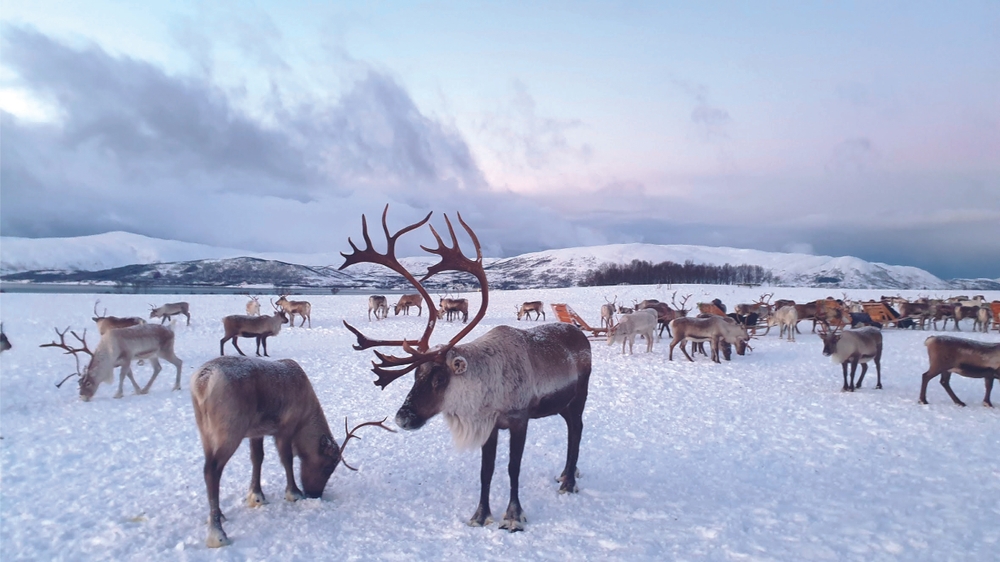
Caribou, also known as reindeer in some regions, are known for their massive migrations across the tundra. Climate change is pushing these majestic animals to explore new territories, as their traditional habitats become less hospitable. As temperatures rise, the tundra is transforming, with increased shrub growth and changing vegetation patterns. This affects the lichen that caribou rely on for food, forcing them to migrate to areas where lichen remains abundant.
The migration of caribou is not without its challenges. The changing climate also means unstable ice and unpredictable weather, which can make migration routes more treacherous. Additionally, as caribou venture into new areas, they may encounter increased predation and competition for resources. This migration can have ripple effects on the indigenous communities that rely on caribou for sustenance and cultural practices. The movement of caribou across new terrain is a testament to the far-reaching impacts of climate change on both wildlife and human populations.
7. Sea Turtles Shifting Nesting Sites
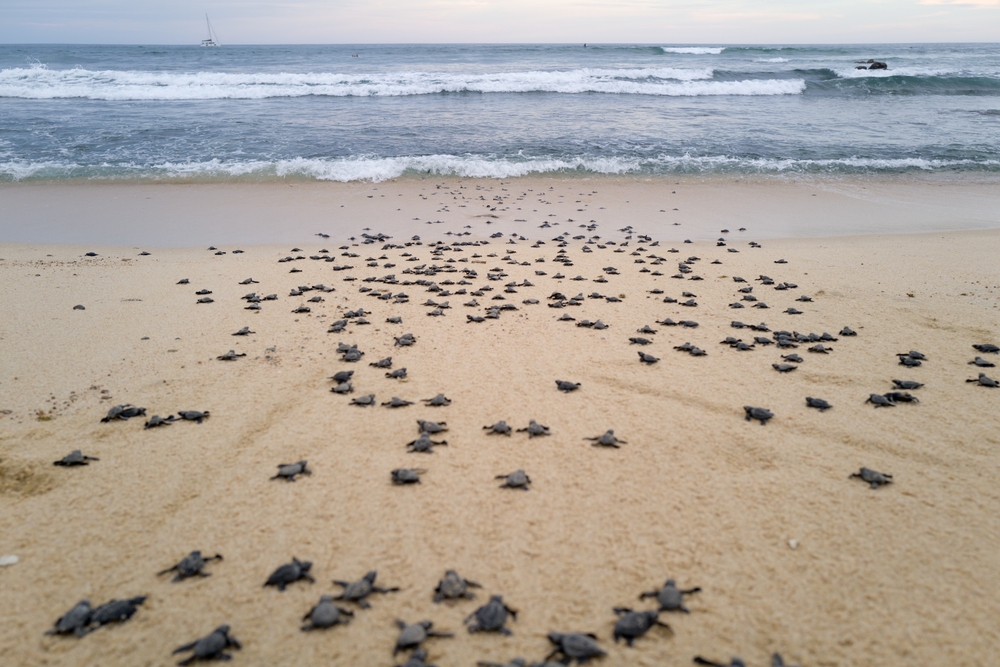
Sea turtles are ancient mariners that have roamed the oceans for millions of years. However, climate change is altering their nesting patterns, with turtles laying eggs on beaches further north than ever before. Warmer sand temperatures, caused by rising global temperatures, can affect the gender ratio of hatchlings, as warmer sands produce more females. In response, sea turtles are seeking cooler beaches to maintain a balanced gender ratio, leading them to uncharted nesting sites.
This shift in nesting sites presents new challenges for sea turtles. The unfamiliar beaches may not offer the same protection from predators or human interference. Additionally, the journey to these new sites can be physically taxing for the turtles, affecting their overall health and reproductive success. The changing nesting patterns of sea turtles serve as a stark reminder of how climate change is influencing the life cycles of even the most ancient creatures. It’s a call to action to protect these vulnerable species and their habitats.
8. Bats Expanding Their Range
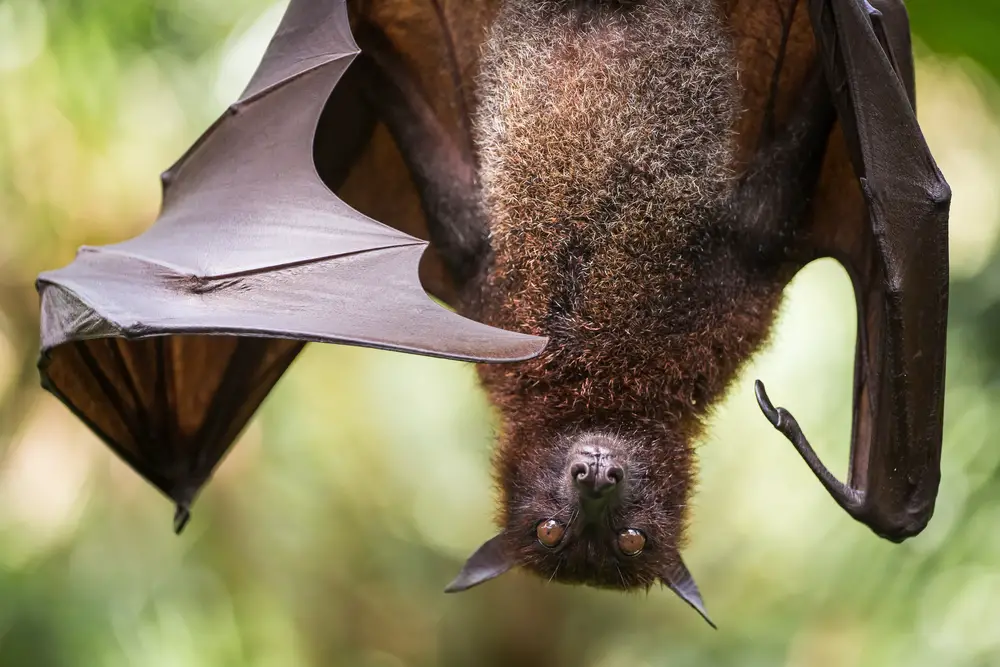
Bats are incredibly adaptable creatures, known for their vital roles in pollination and pest control. As climate change alters temperatures and ecosystems, bats are expanding their range, moving into areas where they were previously not found. This expansion is largely driven by the search for suitable roosting sites and food sources. Warmer temperatures can disrupt insect populations, which make up the primary diet for many bat species, prompting them to explore new territories.
The migration of bats into new areas can have significant ecological impacts. As they move, bats may introduce new parasites or diseases to the existing wildlife. Additionally, their presence can alter local ecosystems, as they compete with native species for resources. The expansion of bat ranges is a complex issue, highlighting the interconnectedness of climate change, wildlife, and ecosystems. Understanding and addressing these changes is crucial for maintaining ecological balance and biodiversity.
9. Sharks Swimming to New Waters
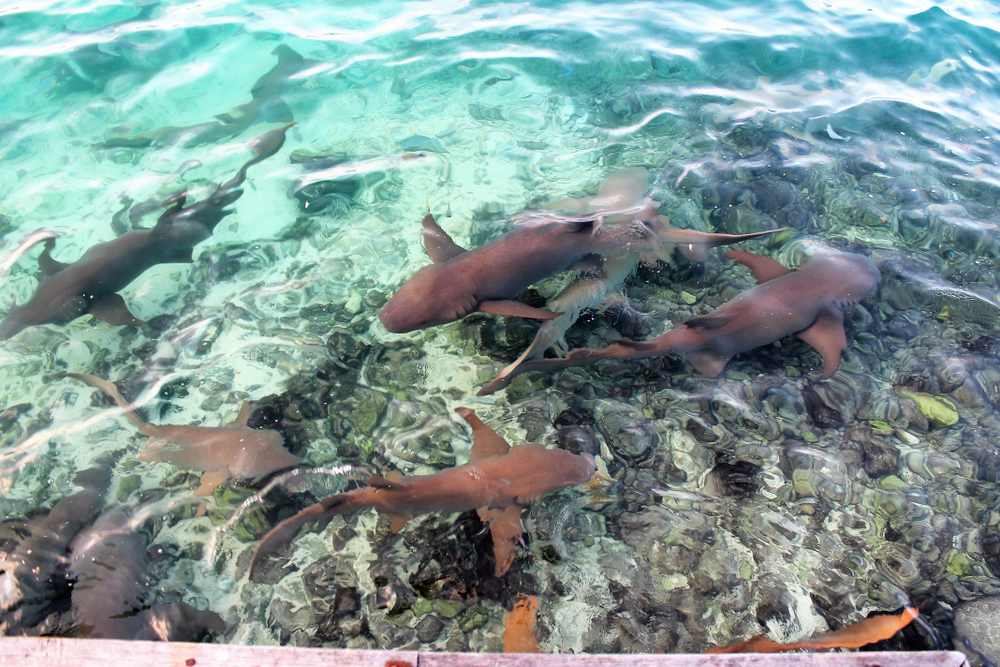
Sharks are formidable predators that play a crucial role in maintaining the health of ocean ecosystems. However, climate change is causing sharks to venture into new waters, as they seek optimal temperatures and food sources. As ocean temperatures rise, the distribution of prey species changes, prompting sharks to follow their food to cooler regions. This movement can lead to increased interactions with human populations, as sharks appear in areas where they were previously rare.
The migration of sharks to new waters raises concerns for both marine ecosystems and human safety. In their new habitats, sharks may disrupt local food webs and compete with existing predators. Additionally, increased human-shark interactions can lead to fear and negative perceptions, impacting conservation efforts. Understanding the movement of sharks is essential for developing strategies to protect both these apex predators and the ecosystems they inhabit. It’s a reminder of the intricate connections between climate, ocean health, and marine life.
10. Elk Exploring Unfamiliar Grounds
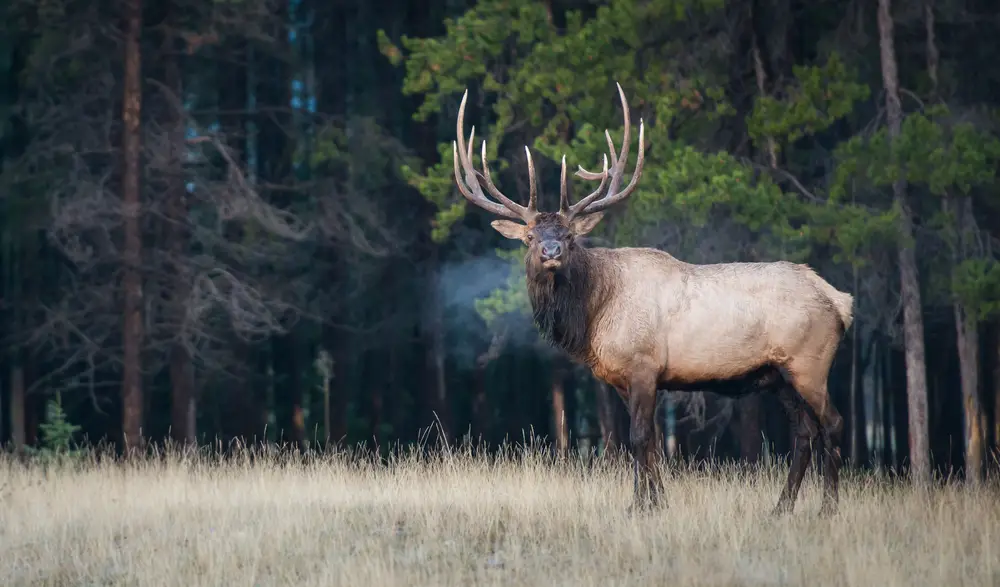
Elk are known for their impressive migrations across North America, but climate change is causing them to explore unfamiliar grounds. As traditional migration routes become altered by changing weather patterns and habitat loss, elk are forced to adapt. Warmer temperatures and reduced snowfall can affect the availability of food and water, key resources for elk during their migrations. In response, they are venturing into new terrains to find sustenance and favorable conditions.
This adaptation isn’t without its challenges. New territories can present risks, such as increased predation or human interaction. Additionally, the movement of elk can affect local ecosystems, as they interact with other wildlife and compete for resources. The exploration of new grounds by elk is a testament to their resilience, but it also highlights the broader impacts of climate change on wildlife migration patterns. Understanding these shifts is crucial for wildlife management and conservation efforts.
11. Birds Shifting Their Flight Paths
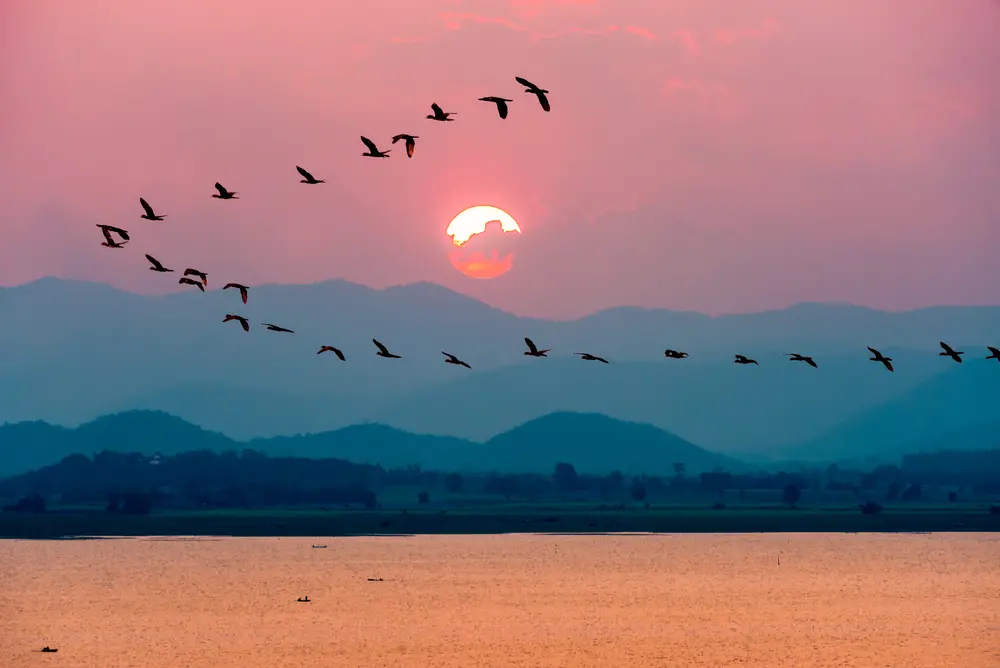
Birds are well-known for their migratory journeys, often spanning thousands of miles. However, climate change is causing many bird species to shift their flight paths as they adapt to changing environmental conditions. Rising temperatures, altered wind patterns, and changes in food availability are all factors influencing these new routes. Birds are now seen migrating earlier or later than usual, and some are even skipping traditional stopover sites.
These shifts in flight paths can have wide-reaching effects. As birds alter their migration routes, they may encounter different ecological challenges, such as unfamiliar predators or food sources. Additionally, the timing of migration is crucial for breeding success, and any disruptions can impact population dynamics. The changing flight paths of birds underscore the need for comprehensive monitoring and conservation strategies to ensure the survival of these vital species. It’s a striking example of how climate change is reshaping the natural world.
12. Polar Bears Venturing Inland
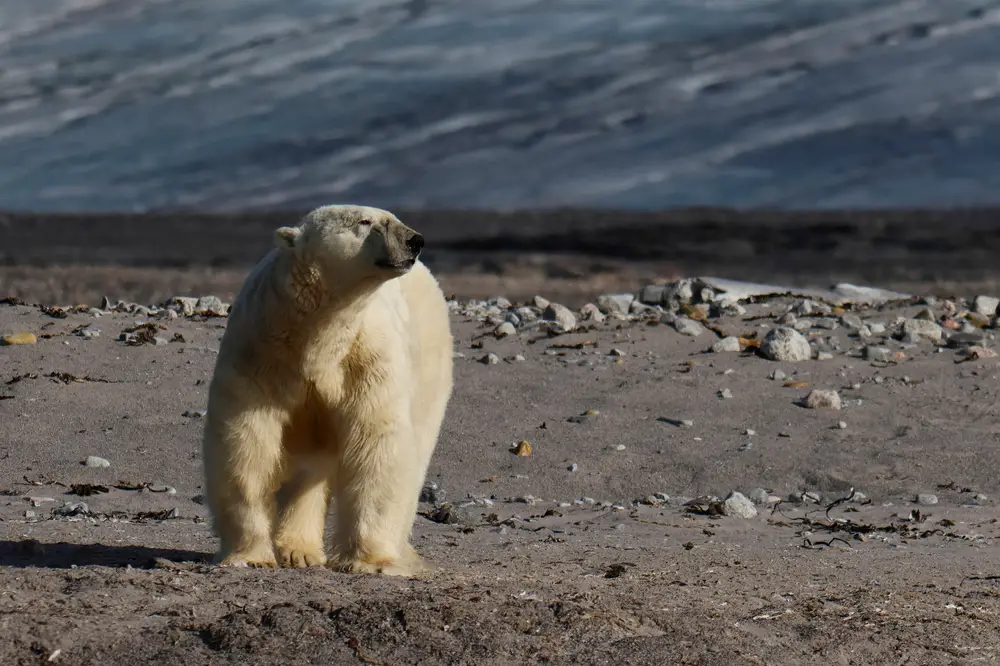
Polar bears are iconic symbols of the Arctic, but climate change is forcing them to venture further inland in search of food. As sea ice melts at unprecedented rates, polar bears are losing their primary hunting grounds. This has led to increased sightings of polar bears on land, where they scavenge for alternative food sources. While polar bears are adaptable, their inland migration presents significant challenges for their survival and the ecosystems they enter.
The movement of polar bears inland can lead to increased human-wildlife conflicts, as bears come into contact with human settlements. Additionally, the lack of sea ice affects the bears’ ability to hunt seals, their primary prey, leading to malnutrition and reduced cub survival rates. The inland migration of polar bears is a stark reminder of the urgency of addressing climate change and protecting vulnerable species. Their plight highlights the interconnectedness of Arctic ecosystems and the global climate system.
13. Dragonflies Expanding Their Territories
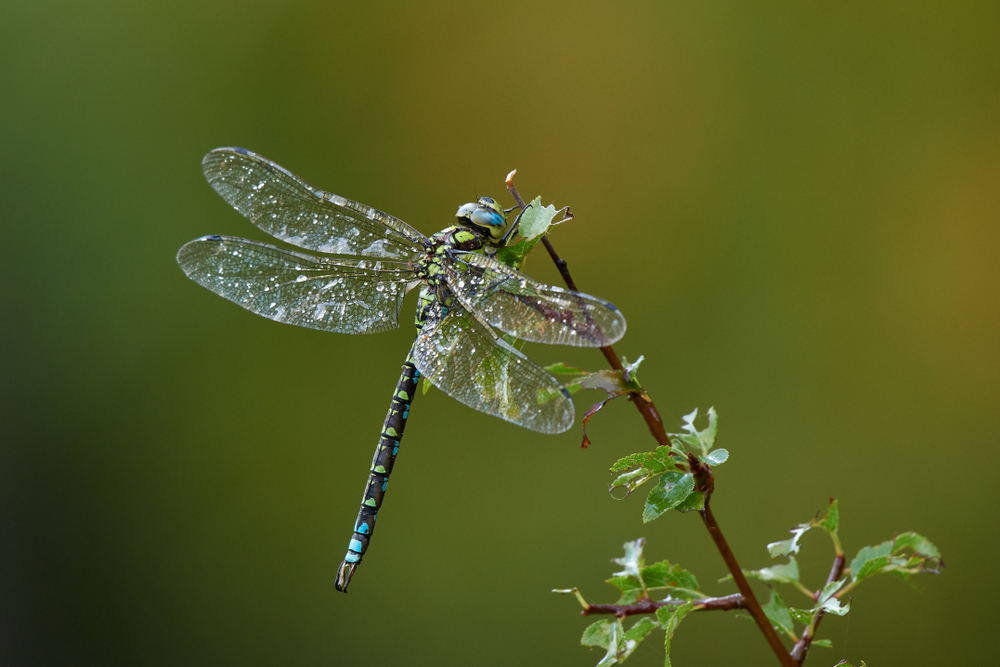
Dragonflies are agile fliers, known for their vibrant colors and acrobatic flight. As climate change alters global temperatures, dragonflies are expanding their territories into regions previously too cold for them. This expansion is driven by the search for suitable breeding sites and prey. Warmer temperatures can lead to increased insect populations, providing ample food for dragonflies and encouraging them to colonize new areas.
The migration of dragonflies into new territories can have ecological implications. As they establish themselves in new regions, dragonflies may influence local food webs, impacting both prey populations and competing predators. Additionally, the presence of dragonflies can affect the pollination of certain plants, highlighting their role in ecosystem dynamics. The expansion of dragonfly territories is a fascinating example of how climate change can facilitate the movement of species, altering the composition and interactions within ecosystems. Understanding these changes is essential for preserving biodiversity in a warming world.
